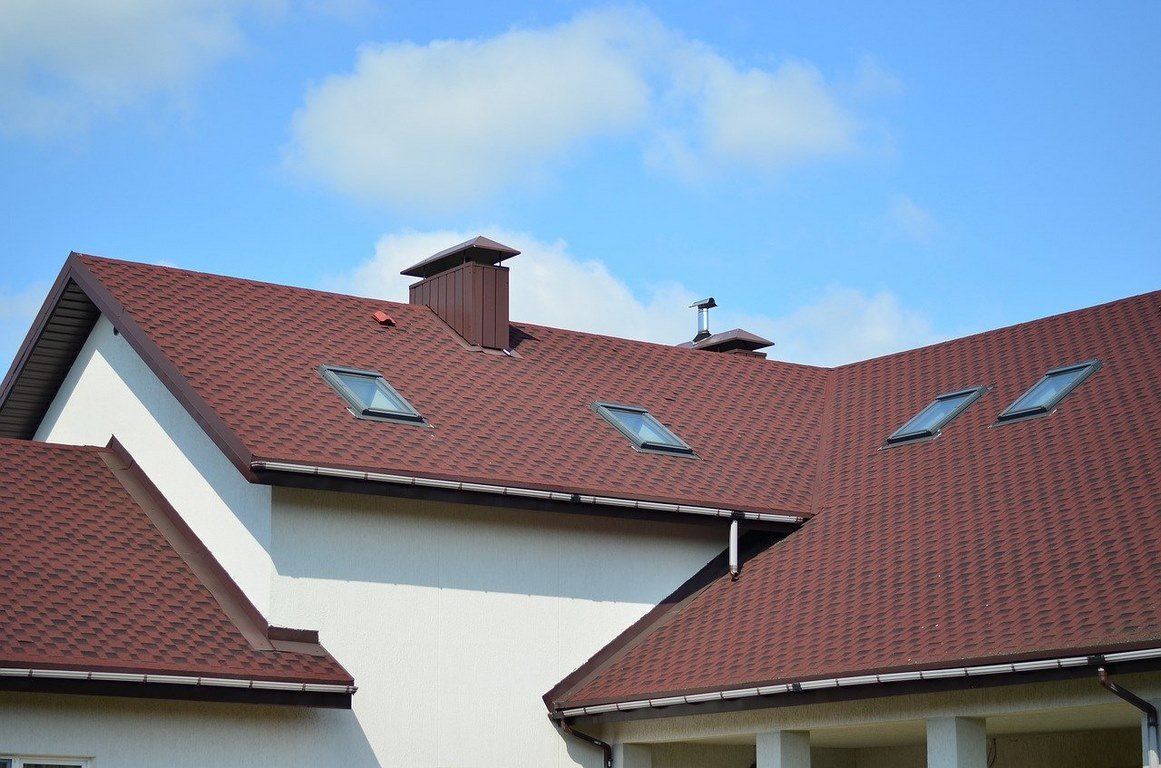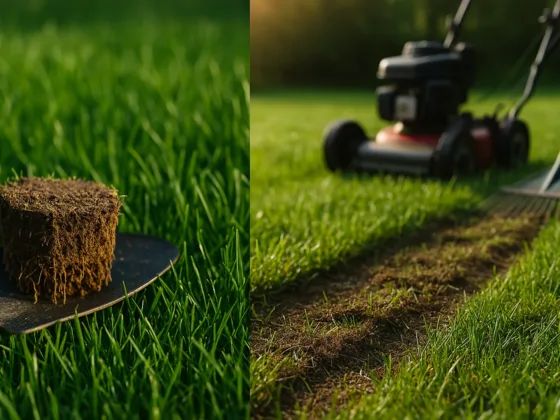Table of Contents Show
Every year, many storms hit the United States. These storms can cause severe damage to your roof and other parts of your commercial building if they are not adequately protected.

The winds from these storms can cause shingles to fly off roofs or even rip holes in them. If you own or manage an industrial building, it’s important to keep your roof in good condition to avoid dealing with expensive repairs. Here are some tips for protecting your commercial roof from storms.
You Should be Prepared for Storms
Before the storm comes, you should check to ensure that your roof is in good condition. You should visually inspect your roof to see any loose shingles, missing shingles, or warped plywood.
If you notice anything wrong with your roof, roofing experts like America’s Choice Roofing should repair it immediately so that it’s ready for the storm when it arrives.
Have a Maintenance Plan
A maintenance plan will keep your roof in good condition between storms. A typical plan would have you inspect the roof regularly, repairing any problems that are found immediately.
Most damage caused by storms occurs due to normal wear and tear exacerbated by storm weather conditions, so keeping your roof in good condition will prevent most storm damage. A maintenance plan will include:
- Inspect your roof’s flashings. Ensure that the metal flashing around your roof’s vents, chimneys, skylights, and other features are solid. Inspect for any tears or holes in the flashing.
- Inspect your roof’s gutters, downspouts, and drains. Ensure that your roof’s gutters are free of debris, allowing water to flow efficiently off your roof.
Check your downspouts for any cracks or holes, ensuring the water is flowing smoothly out of them. Ensure that there are no clogs in the drain at the base of your chimney, keeping rainwater from draining away from your roof.
- Ensure that all of your roof’s ridge vents, skylights, and chimneys are intact. Ensure that all ridge vents are securely attached to the top of your roof.
Inspect skylights for any cracks or holes, which can allow water into your building during storms. Check that all chimneys have secure brickwork to keep them from falling off your roof.
Check the Equipment That is Mounted on Your Roof
Check that the equipment you have mounted to your roof is securely attached. Equipment includes satellite dishes, solar panels, antennae, air conditioning units, and so on.
If these are not adequately secured, they can be torn off by high wind speed, thus causing leakage and damage to your roof and building.
Read Also:
Replace Shingles That are Missing or Damaged
Inspect your roof to determine whether any of the shingles are missing or damaged. If so, replace them soon before a storm comes.
The longer you leave them in place, the greater the risk that they will detach from your roof during a storm and cause damage.
Prevent Ice Dams
Storms with snow are common in some regions. If you’re in an area where snow often builds up on roofs, you should take precautions to stop ice dams from forming.
Ice dams form when the snow melts and then refreezes, creating a block of ice that prevents water from melting off the roof.
Ice and water shields can prevent ice dams from forming, and these should be installed on your roof before the storm.
Have a Good Insurance Plan?
Storms are one of the most common causes of damage to commercial buildings, so you should have good insurance if there is any storm damage.
Your homeowner’s policy may not cover this type of damage, but most insurance companies offer specialized policies for commercial building owners. Choose a policy that will cover the cost of a new roof if your old one is damaged or destroyed.
You may need to replace all types of roofing, not just asphalt shingles, depending on what your current roof is made from, so make sure you have enough insurance to cover the full cost.
If you notice any problems with your roof, have it repaired immediately so that it’s ready for the storm when it arrives.
A maintenance plan will keep your roof in good condition between storms and includes inspecting flashings, gutters, downspouts, drains, and ensuring all ridge vents are secure.
You should ensure that equipment is securely mounted to the roof. After a storm has blown through, the last thing you want is water seeping into an unrepaired hole in your building because of neglectful preparation beforehand!









